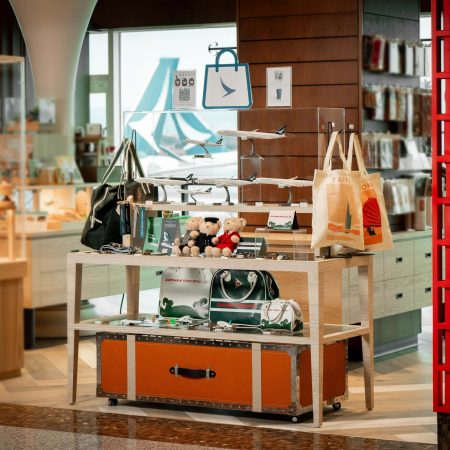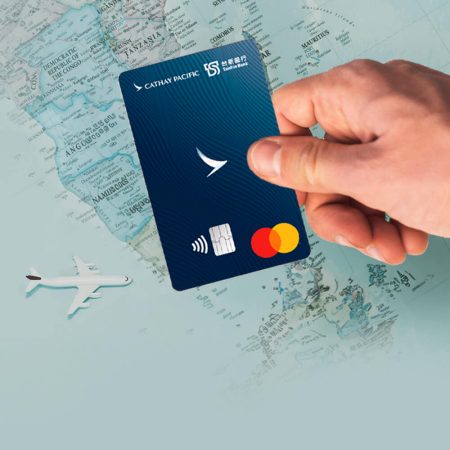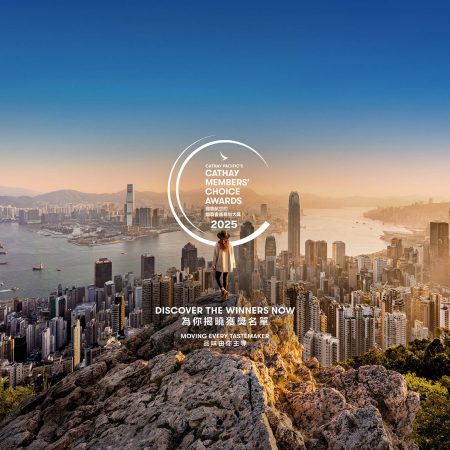How millennials are changing Chinese New Year travel traditions
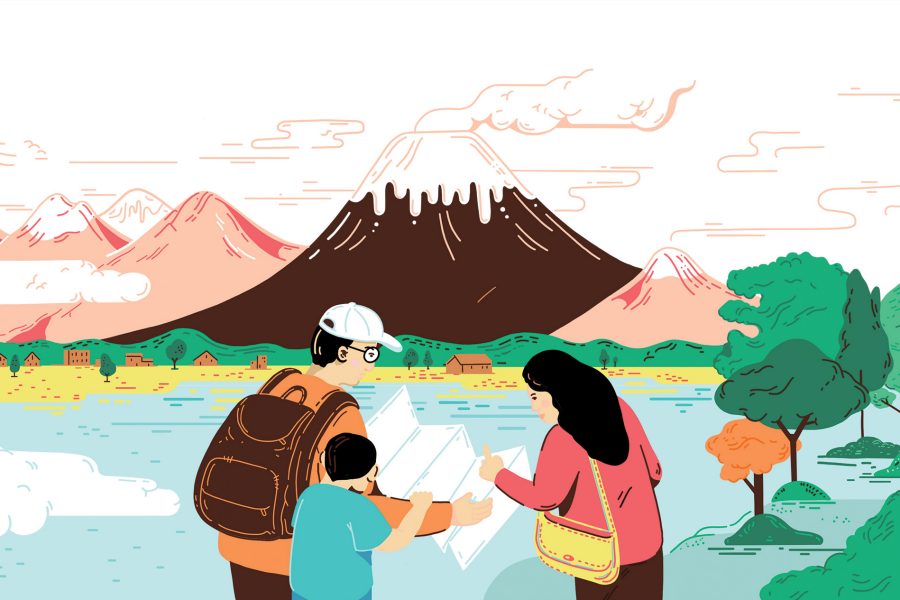
When I was living in Shanghai, a few things always happened around Chinese New Year. In the days leading up to the weeklong holiday, photos of crowded train stations and airports during chunyun – the peak travel period that sees hundreds of millions around China heading back to their hometowns – would pop up on my social media feeds. At the same time, the city’s streets began to quieten down as workers from roadside fruit shops, restaurants and wet markets packed up their bags for a journey that’s been dubbed ‘the world’s largest annual human migration’.
But in the last few years, something else started to happen around this time, too. I started getting more and more out-of-office replies for the days surrounding the weeklong holiday. My WeChat Moments would be flooded with photos and videos of friends and colleagues wishing others a prosperous new year – not from home, but from the four corners of the world.
Spring Festival holiday travel has traditionally been all about family reunions. But rising disposable income, along with easier travel visa application processes, have created a new generation of upwardly – and outwardly – mobile middle-class across China. And they’re heading off when you’d expect them to stay home. In 2019, the National Immigration Administration recorded 6.31 million overseas trips over the Chinese New Year holiday, up almost 13 per cent from the year before.
For some like Vincent Wang, it’s all a matter of convenience. ‘Chinese New Year is one of the best times to plan long trips with my friends and family,’ says the Shanghai-based travel writer. ‘I always take advantage of it.’ A personal trip around this time of year has become a new kind of tradition for him, and he’s spent his last four Chinese New Years in Australia, Japan, Latin America and Indonesia. ‘If you plan wisely, sometimes you can build a 10- or even 12-day trip just by tagging on a few more annual leave days before and after the official holiday.’
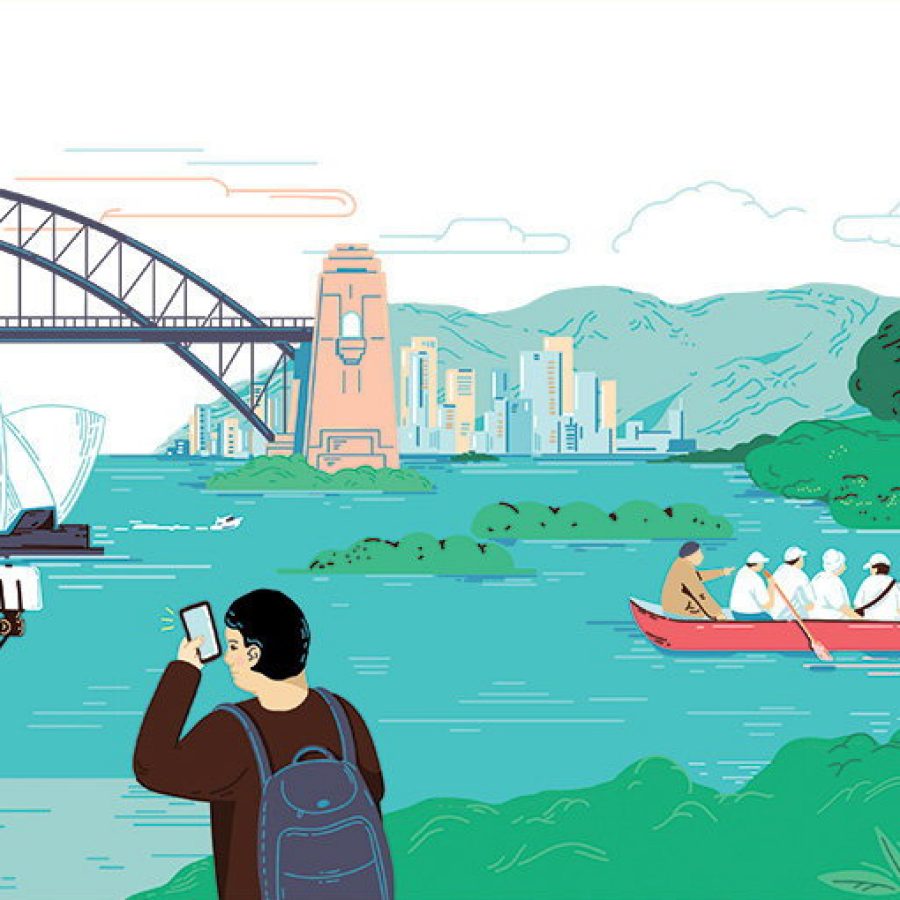
Illustration: Kathleen Fu
But for others like Fish Lin, there’s a more personal reason for wanting to escape their hometown during this festive period. ‘I think many in the post-90s generation – especially those who are single – would prefer to travel over the holiday if that is an option,’ the 26-year-old Guangzhou-born event planner says. ‘It’s mainly to avoid awkward conversations with my older relatives about my dating life at huge gatherings like Chinese New Year’s Eve dinner… I’ve been fielding these questions since I was in my early 20s.’
Getting away was exactly what Fish and her cousins did during the Chinese New Year of 2018. Her group spent more than a week in Phuket and Bangkok, taking in the beaches, watersports and Thai cuisine far from home. ‘My parents were totally fine with it as long as we left after the big New Year’s dinner. I think that’s the most ideal – staying home for one huge gathering and then flying somewhere else for the rest of the holiday.’
A majority of China’s increasingly savvy jetsetters, however, still considers Chinese New Year to be synonymous with family. According to a recent survey conducted by the China Tourism Academy, more than 90 per cent of respondents say they prefer to travel with family members. Meanwhile, online travel agency Ctrip has reported that families with three or more members made up about 70 per cent of their bookings during the 2019 Chinese New Year period.
Ivy Zhang, her husband and her four-year-old son are a part of that statistic. Last Chinese New Year, the young family spent five days over the break in Osaka. For the Shanghainese graphic designer, a day cruise across Osaka Bay and a visit to the Nifrel , a family-friendly interactive aquarium, were two of the highlights.

Illustration: Kathleen Fu
‘Japan is our first choice when it comes to travelling with our son. We specifically chose Osaka because there are many child-friendly activities and facilities,’ she tells me. ‘Many Japanese shopping malls have elevators that are dedicated to families with prams, and there are many policies that make it very convenient for parents with young children.
‘To be honest,’ she says, ‘travelling during Chinese New Year isn’t the most ideal. Our flights were probably 30 per cent more expensive than usual, and the streets of Osaka were packed with other Chinese-speaking tourists, too. But it’s one of the few times during the year in which we can take a trip together as a family.’
Some who work overseas don’t feel the call to head home for the holidays. ‘In the eight years I’ve lived and worked in Singapore, I’ve only visited my parents back in China during Chinese New Year once,’ says Zing Hong, a client services manager in her early 30s. ‘I usually choose low seasons to fly back, and my parents can always come to see me whenever they want as well. But for Chinese New Year, they prefer to stay home and celebrate with other relatives. Traditions are still traditions. I think many people, especially those from my parents’ generation and migrant workers who live and work away from home, are still more likely to spend their holiday with family. That probably won’t change any time soon.’

Illustration: Kathleen Fu
And even when they are abroad during the holiday, traditions are still a vital part of the journey. In 2018, Vincent Wang spent his Chinese New Year’s Eve in the city of Cusco, Peru, and that’s when his craving for the flavours of home kicked in.
‘We searched on [food app] Dazhong Dianping and found a Chinese restaurant near our hotel,’ he recalls. ‘We made it there just before the chef, who’s originally from China, was leaving. He offered to stay and cooked some of our favourites for us – mapo tofu, kungpao chicken and mao xue wang [a classic from Chongqing made with duck blood, tripe, chicken gizzard and heaps of Sichuan pepper and chilli oil] before he headed home. That might have been one of my most memorable Chinese New Year dinners ever.’
This story was originally published in December 2019 and updated in January 2024.
Hero image illustration: Kathleen Fu
More inspiration
- China – the Chinese Mainland, Hong Kong SAR, Macao SAR and Taiwan Region
- Hong Kong SAR - English
- Chinese Mainland (China) - English
- Taiwan, China - English
- 香港特別行政區 - 繁體中文
- 中国內地 - 简体中文
- 中國台灣 - 繁體中文
- Africa
- South Africa - English
- Asia
- Bangladesh - English
- Korea - English
- Singapore - English
- Cambodia - English
- 한국 - 한국어
- Sri Lanka - English
- India - English
- Malaysia - English
- Thailand - English
- Indonesia - English
- Maldives - English
- ประเทศไทย - ภาษาไทย
- Indonesia - Bahasa Indonesia
- Myanmar - English
- Vietnam - English
- Japan - English
- Nepal - English
- Việt Nam - tiếng Việt
- 日本 - 日本語
- Philippines - English
- Australasia
- Australia - English
- New Zealand - English

